Power Consumption and Noise
The 150W FSP power supply is a step up from the This GoWin R86S Pro as a nice internal unit.
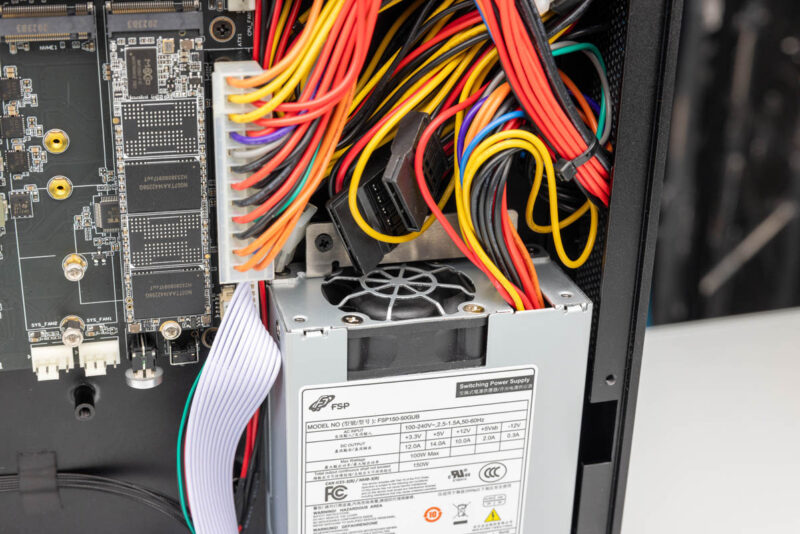
At idle, we again are seeing the same 5W package power consumption and 24-27W for the system. That is perhaps a 2-4W saving from removing the fans. Noise is not silent at 40-42dba in a 34.5dba noise floor studio. That is quieter than the fully fanned unit, but it is far from silent. Under load, the package power consumption again rises to 15W, and the total system is in 45-47W range or so. That again is a few watts lower than the unit with all of its fans. Something to keep in mind here is that the 25GbE NIC is around 10W of typical power consumption.
GoWin told us that they are looking into changing the power supply, which could make a big difference here.
Key Lessons Learned
In our review of the fanned unit, we noted how this is a very creative system just to connect all of that I/O. To be sure, 1GbE, 2.5GbE, 25GbE, a PoE port and plenty of room for internal storage are really cool to see in a system like this. At the same time, this is the limit of the Intel N305.
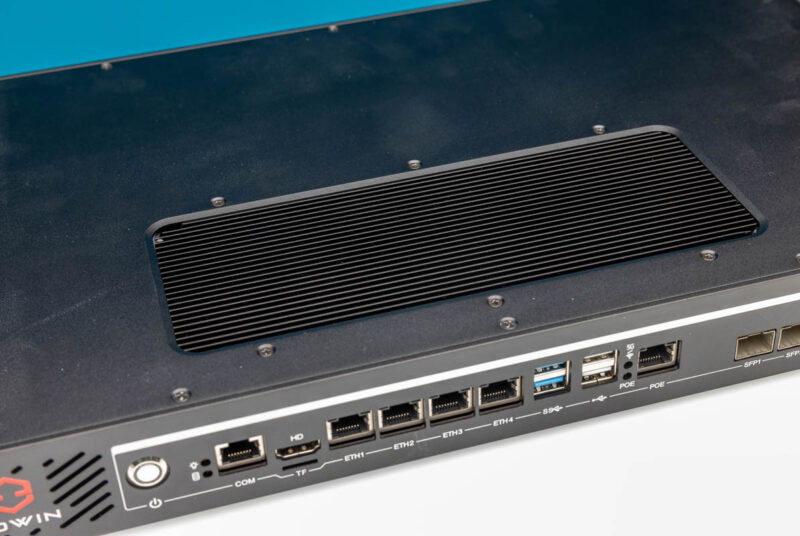
We kept feeling betrayed by the power supply fan. The giant heatsink inside was a cool idea, albeit one that meant that it would need to be installed at the top of a rack.
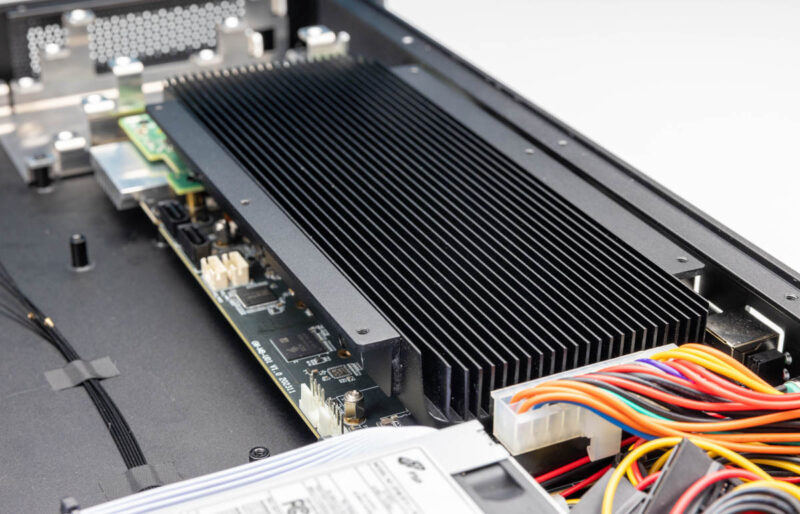
Fanless systems have two main advantages. One, they can be more reliable since they remove a rotating part that can fail. Second, they tend to make less noise since they do not have loud fans. Our sense is that the main selling point of a system like this is to lower noise, and so for that, perhaps the better option is to have a big heatsink with lower-speed fans that are silent or nearly there. Fanless is great if you can solve both challenges of reliability and noise. If you cannot, then at least solving for noise is a good option.
Again, the one thing that we wish GoWin would do is to put its products on Amazon and AliExpress so folks can use their standard storefronts instead of GoWinFanless.com. It just feels like that would open these up to much larger markets by making the buying process easier.
Final Words
Overall, our sense is that this system is going to get some changes as it goes beyond the prototype phase. We still wanted to show it off because it is very cool and it is just interesting.
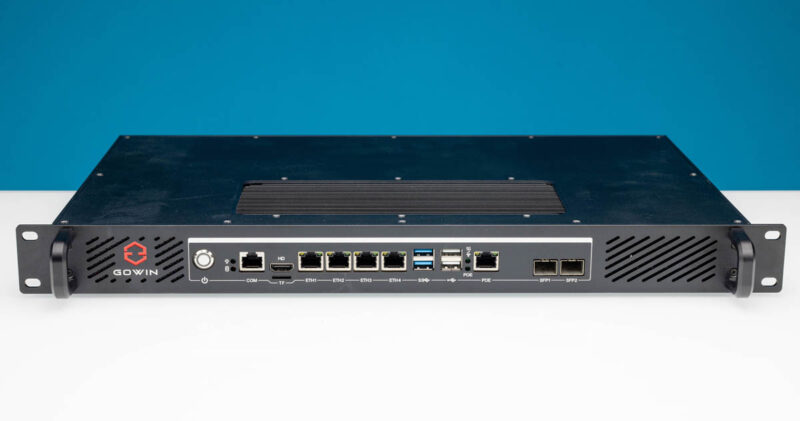
Since we reviewed this, we have a fanned Snow Ridge system in the lab, which is going to be interesting to see as well since that has 25GbE built into the SoC, albeit at a fully fanned level and a higher price. Still, one has to admit that this fanless adjacent unit is interesting to look at.
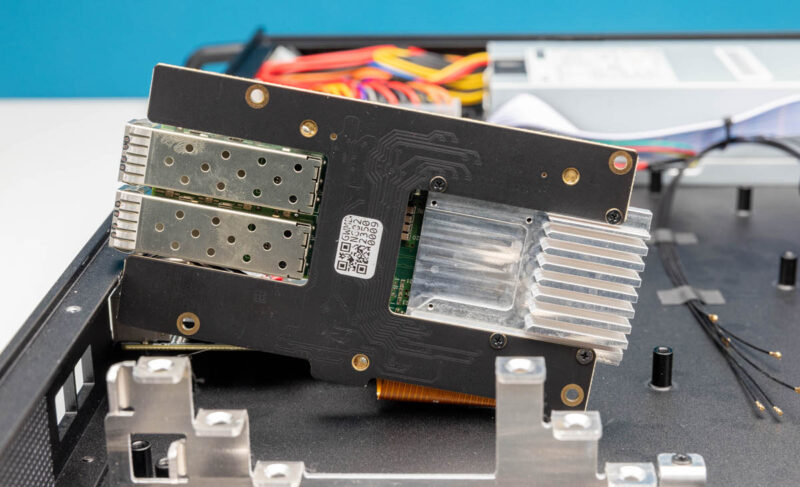
Hopefully a few of the feedback points will be addressed by the time this makes it to market.

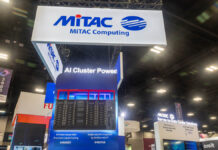
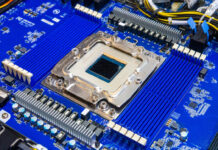

Strange to see such a passive heatsink in a piece of rack equipment.The amount of airflow above equipment is normally not a lot as in general vacant spots are closed with blinding panels to optimize airflow.
Furthermore airflow normally is optimized FtB o BtF. The heatsink is optimized for flow from the side.
That design doesn’t make any sense in a rack.
This thing works outside a Rack very well, but inside one it is essentially a 2U design, as the Heatsink needs that space to work.
If you put a standard 1U switch or server on top, the passive heatsink is 100% blocked. It will perform worse than a huge aluminium brick without any Fins at all in that case because the air cushion around the fins will isolate the heat even more and keep it inside. If they want to cool it passively by airflow from other rackmount hardware, they better use a flexible pipe or Pads to connect it to another chassis or to the Rack itself.
If they want to make the appliance more quiet, i’d prefer a larger radial fan that blows over the Fins of a heatsink and out the back instead of a passive design that still needs a 40mm fan in the back. Radial fans don’t need high RPM to counter the pressure drop that exists in typical 1U enclosures. They can spin very slowly and have much bigger bearings and higher bearing life compared to 40mm high rpm Fans.
– So if they want to make it quiet, they have to get rid of the 40mm PSU Fan first. Then replace the passive heatsink and PSU heatsink all together with a huge 120x120x32mm radial that would be more than sufficient at its lowest speed.
Maybe they could take a leaf out of MikroTik’s book and have the heatsinks mounted on the back. That way when fully squashed top and bottom inside a rack, there’s still some airflow across those rear-mounted heatsinks.
During testing did you find that its steady-state behavior(in terms of clocks/throttling) matched that of short bursts of load; or was there a visible dip once the heatsink finished warming up and cooling capacity started relying exclusively on how fast the heatsink can actually dump heat, rather than how much energy is needed to warm a (fairly chunky looking, by the standards of the overall wattage) chunk of metal?
Going by the pictures that heatsink doesn’t look like it’s messing around in terms of bulk; but (to the best of my distinctly-not-a-thermal-engineer impression) it’s not as obviously well situated to keep shedding heat either on the basis of convection or by exploiting the little bit of airflow from the PSU fan.
If the tests say that clocks and temperatures remain stable I’m clearly just wrong; but it looks like the sort of arrangement where you’d have to ask.
Possible thermal refinements aside; it’s pretty neat to see someone shooting for the closest possible impression of a typically much more expensive class of product. Sure, Intel controls which CPUs get QAT and ECC and which don’t, so it’s not a direct analog; but the sheer punch, and good efficiency, of contemporary CPUs makes it a very interesting alternative to either the $$$ Deverton or Xeon-D implementation of this that Intel would prefer you use; or to some now-affordable but as efficient as you’d expect 6 year old gear to be ebay special.
I would be happy if they put this in a 2U case and used large, low-speed fans. The type of buyer for this unit does not have rack density on his/her priorities.
All those network interfaces mean it is obviously a workstation. Why are you not giving us the Crysis FPS numbers?
Install pfsense or such and measure what the machine is obviously intended for.